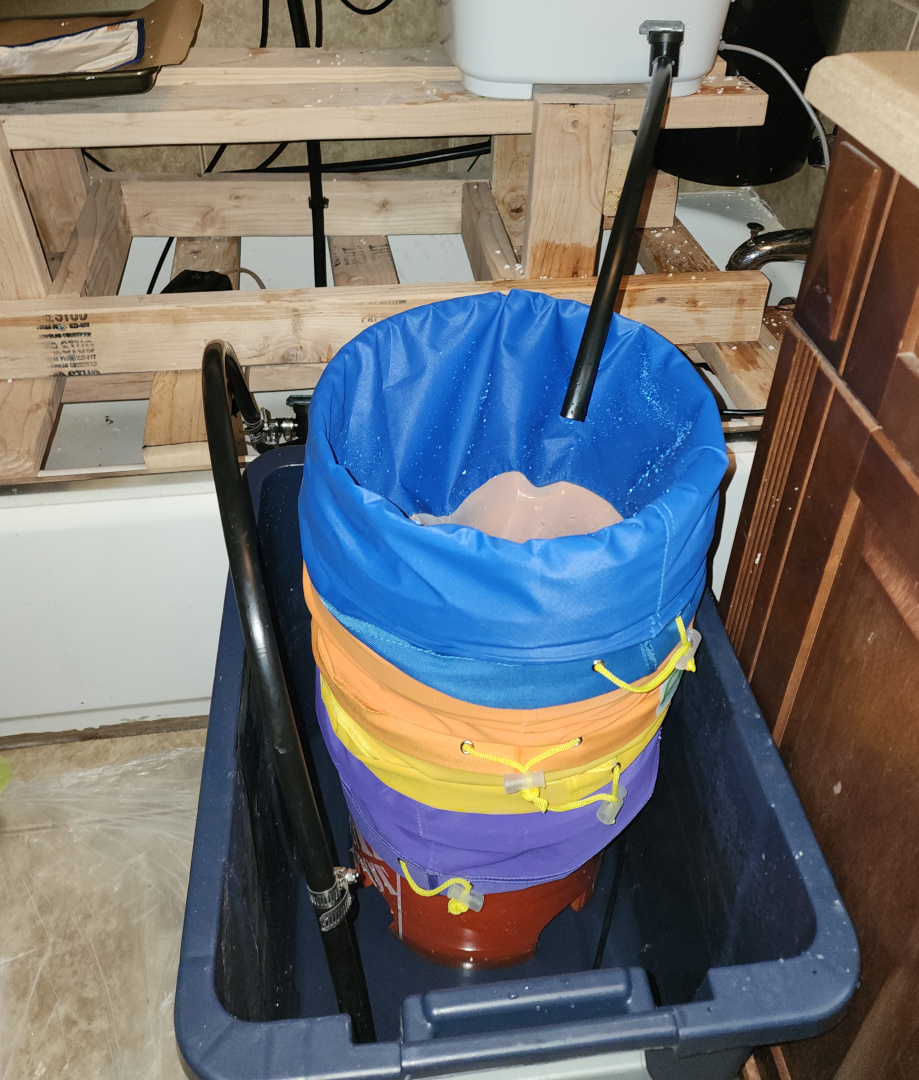Trichomes contain everything we want from the cannabis plant – not the leaves, not the stems, not the “bud”, just the trichomes – and Frenchy Cannoli has a number of YouTube videos available that will walk you through the process. This is a summary and shows what I did, but for general details you’ll want to refer to his work.
Washing and Filtering
- You need cold, either icewater or dry ice. This is because trichomes and the resin therein is unbelievably sticky. The water must be freezing cold at all times or you’ll just gum up your machine and it won’t filter properly.
- Don’t mash up anything, use water. Specifically, what is effectively a little washing machine so the current does the work for you.
- Frenchy Cannoly hs a really good point, which is to put all the filter bags in a tower. Don’t pour it all into one bucket, then that bucket into the next, and then the other, and then the last bucket… Stack ’em all into one tower and let it flow through all in one go.
- Many use razors or butter knives et al, which are completely unnecessary and undesired. Only ever touch the trichomes with water wherever possible.
The one tool I’d consider mandatory at this stage is a little washing machine such as the one pictured at right. Sold on Amazon is single-apartment small laundry washers, these little guys are crucial to making good bubble hash. Stirring by hand will macerate the plant matter into your hash adding more impurities than medicine – you require good water current.
You don’t need to buy one marketed for bubble hash specifically, any ol’ one will do. Don’t put your dehydrated plant matter into a bag, just let it spin free in the compartment.
Follow Frenchy Cannoli’s instructions: put ice on the bottom and sandwich the plant matter with ice on top and then let it get cold, but don’t use so much ice that you hear it knocking around, grinding up the plant matter into the water to be poured and filtered.
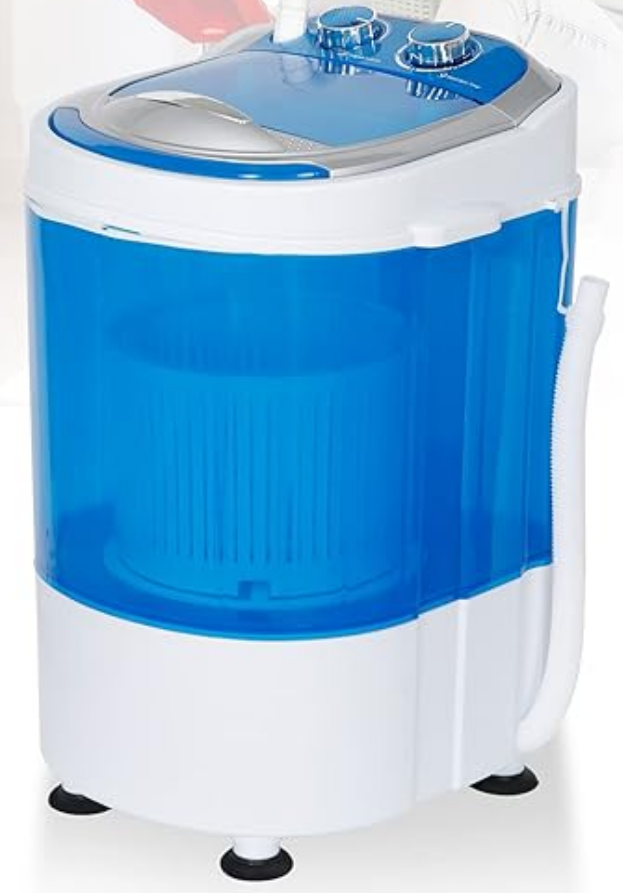
The video below shows the water current, which is definitely strong enough to knock the plant around and yet not cause destruction of the plant fibers, polluting your product. You’ll be washing the plant matter again and again, upwards of 12 times, longer and longer each time until your filters (excepting the first one of course) have nothing in them.
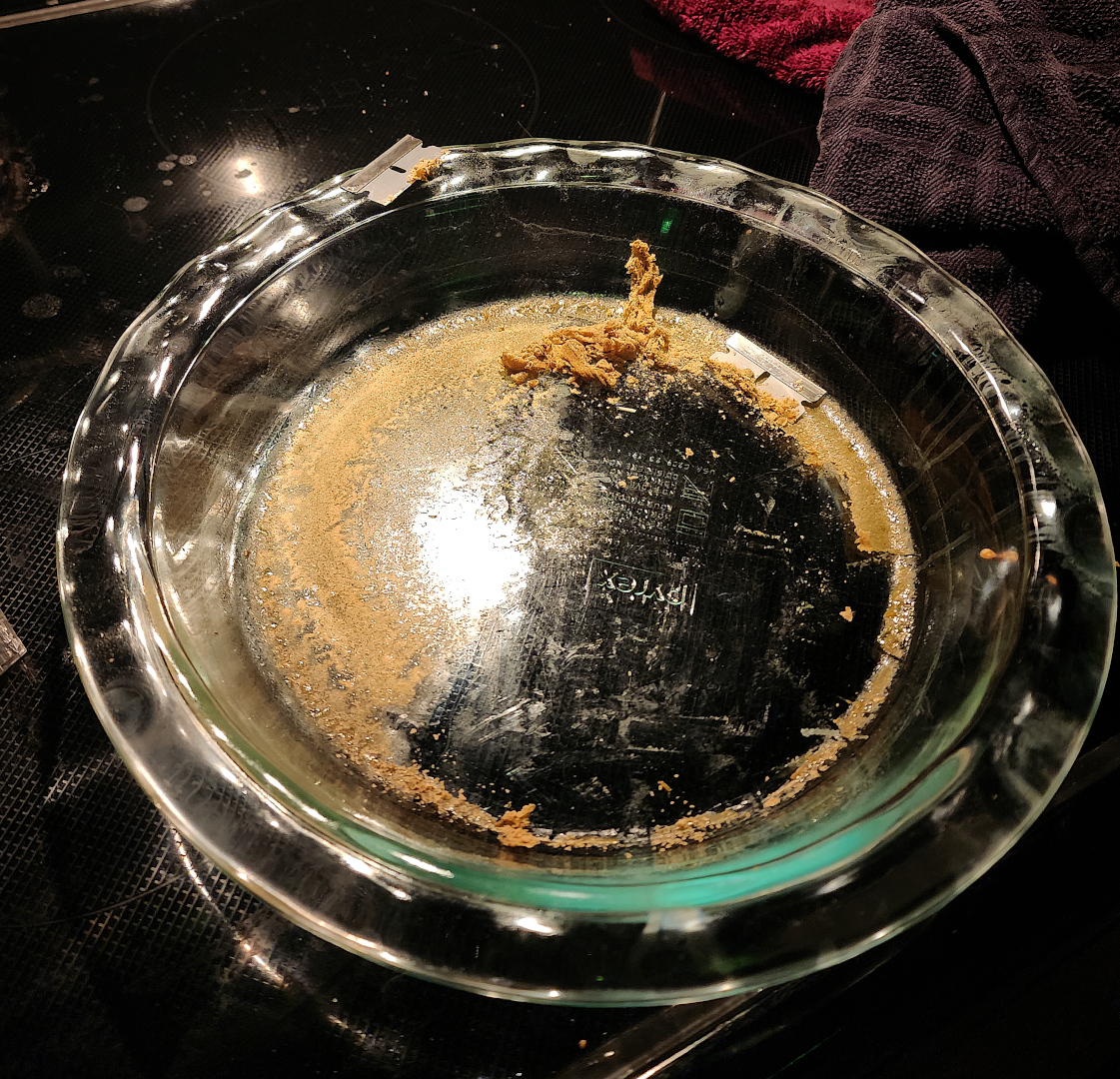
Trichome dehydration
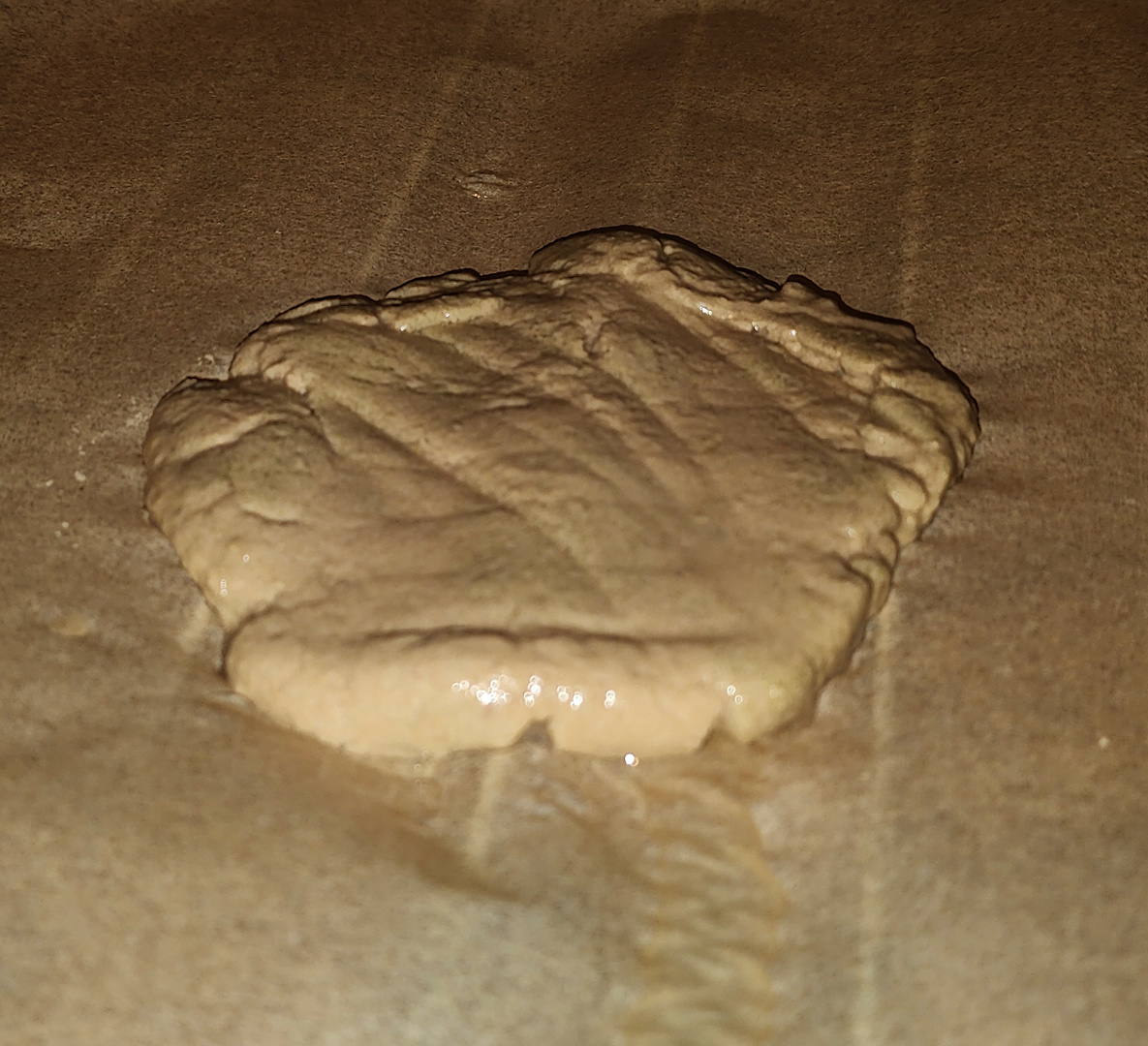
It’s going to change color a bit, get dark in some places and have little white pocks in others – this is normal. What you MUST not have is mold, indicated by spider-web-looking interconnected hairs over the surface. See the previous article for details.
It’s important to not have any water in the hashish – press it thin and let it dehydrate as efficiently as possible.
Some people run the hashish over a microplane to break it into tiny chunks, but it’s SO sticky I didn’t dare make that caliber of mess. I propose making it a thin patty and letting it dry with a fan in the room blowing air indirectly.
Decarboxylation – what doesn’t work
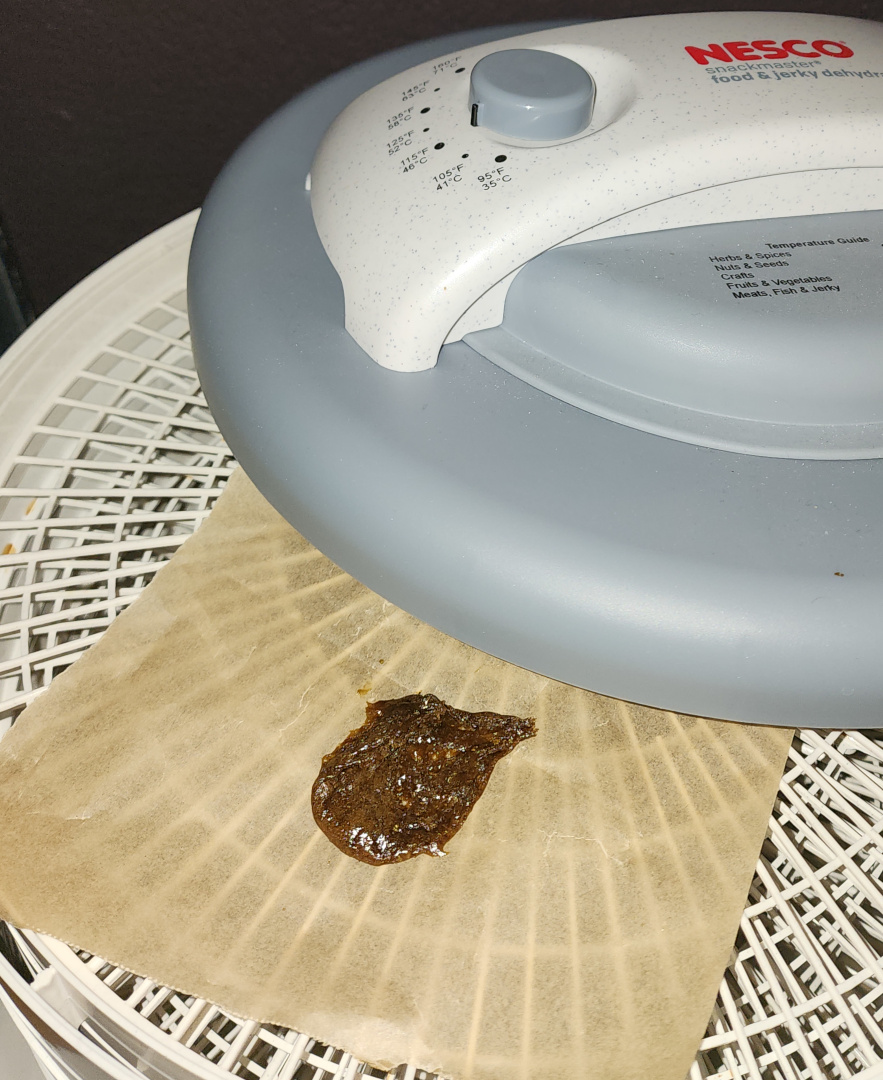
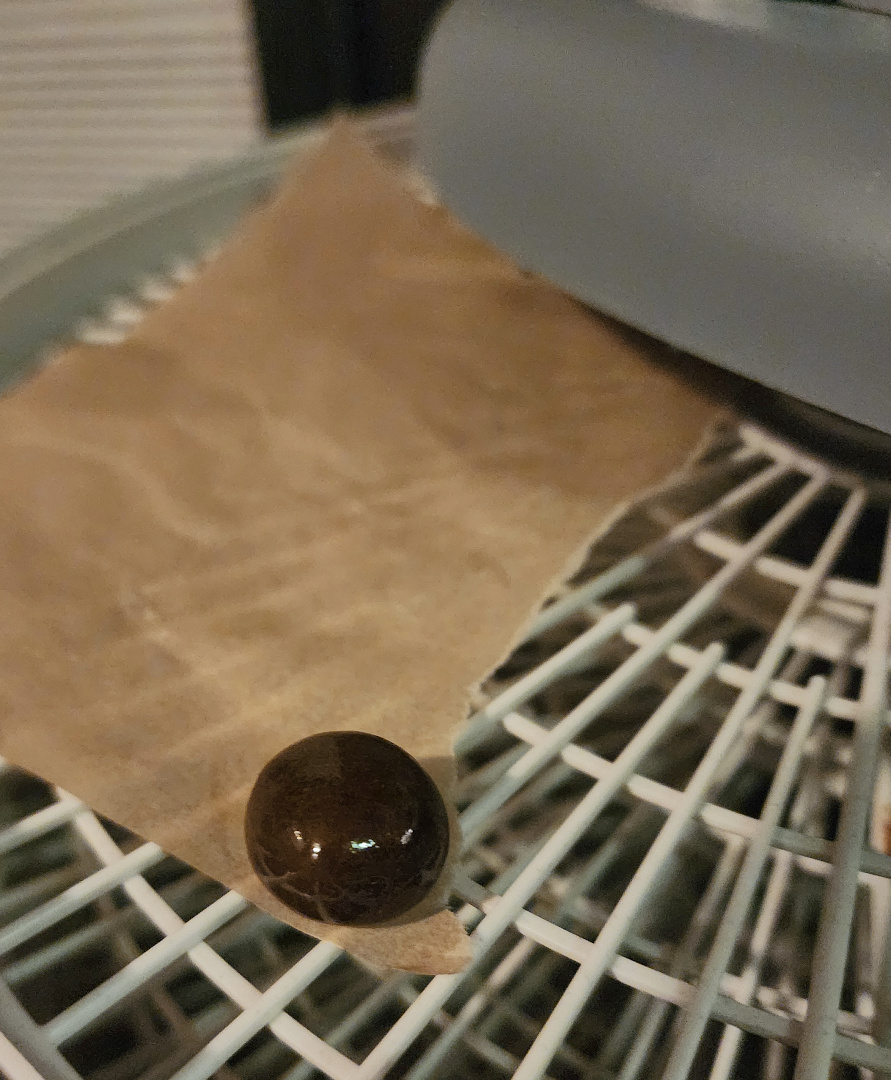
Decarboxylation – what does work
The temple ball result
Once you have the decarboxilated hashish, use a T-Check tester or take it to a lab to get an exact percentage and concentration. From here you can do the math to determine how much hash to dissolve into coconut oil (or butter, or whatever) and then measure out your dose.
I’m aiming for 15 milligrams per milliliter. This way a few drops under the tongue is a good microdose for the day, a half measure is good for pain and a dropperful will put me on the couch and cure my ills. Obviously, dosages vary per person.
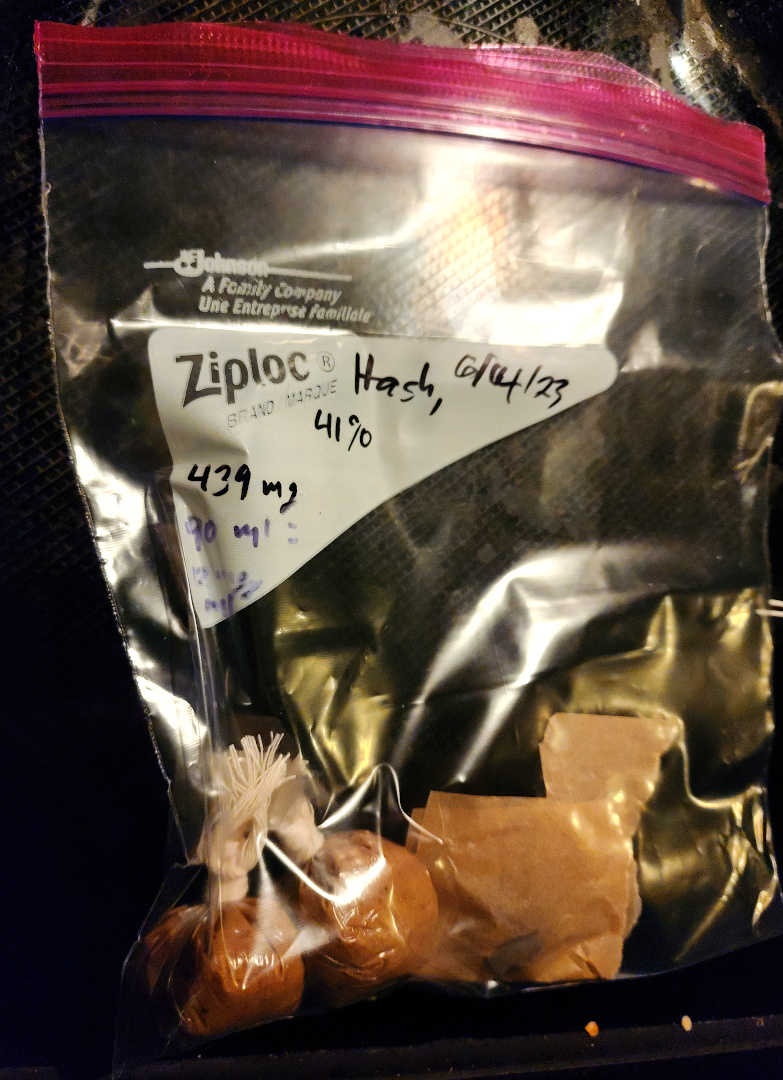
In my case, 439mg dissolved into 90ml of coconut oil results in 15mg / ml, as demonstrated below.
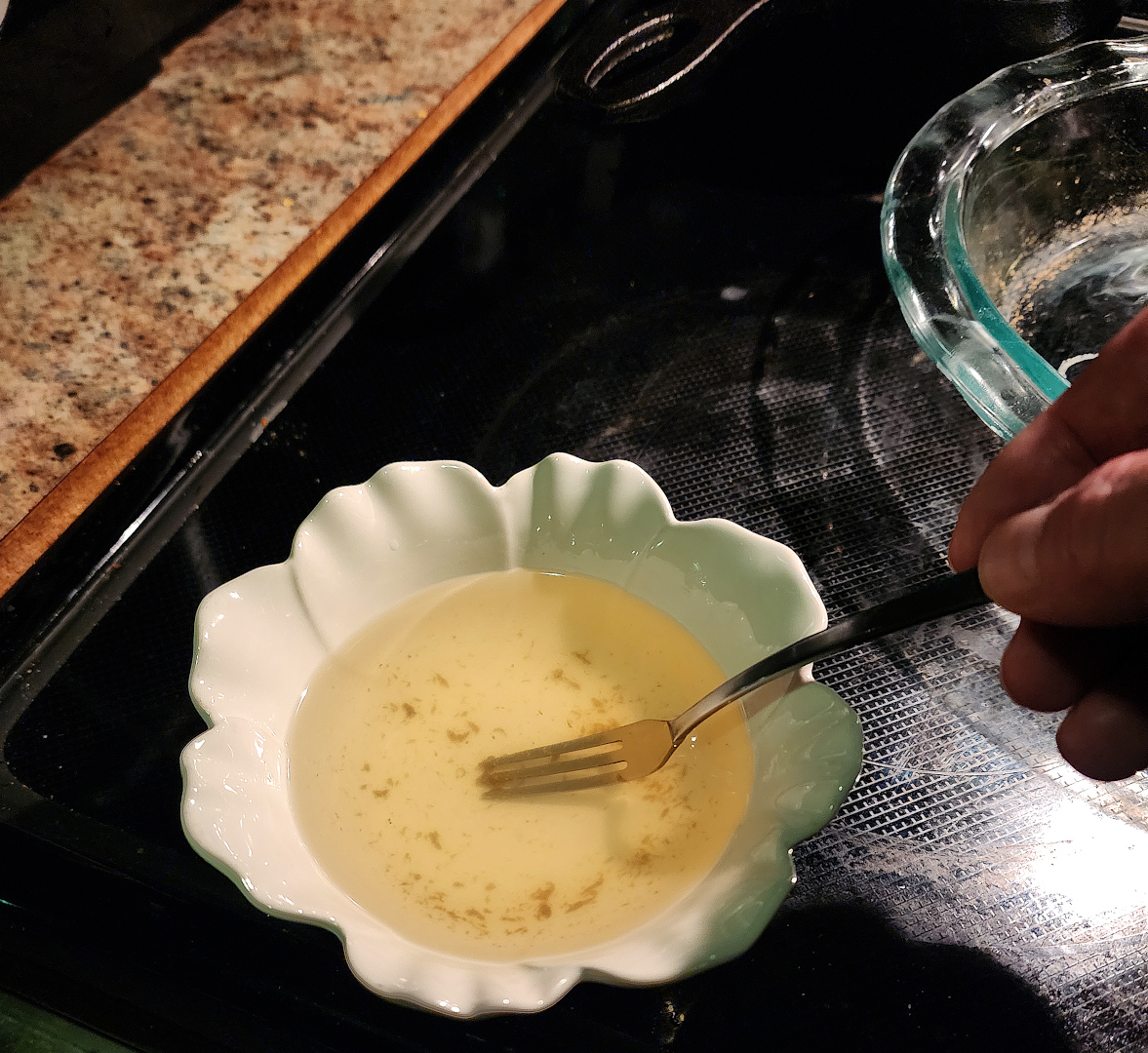
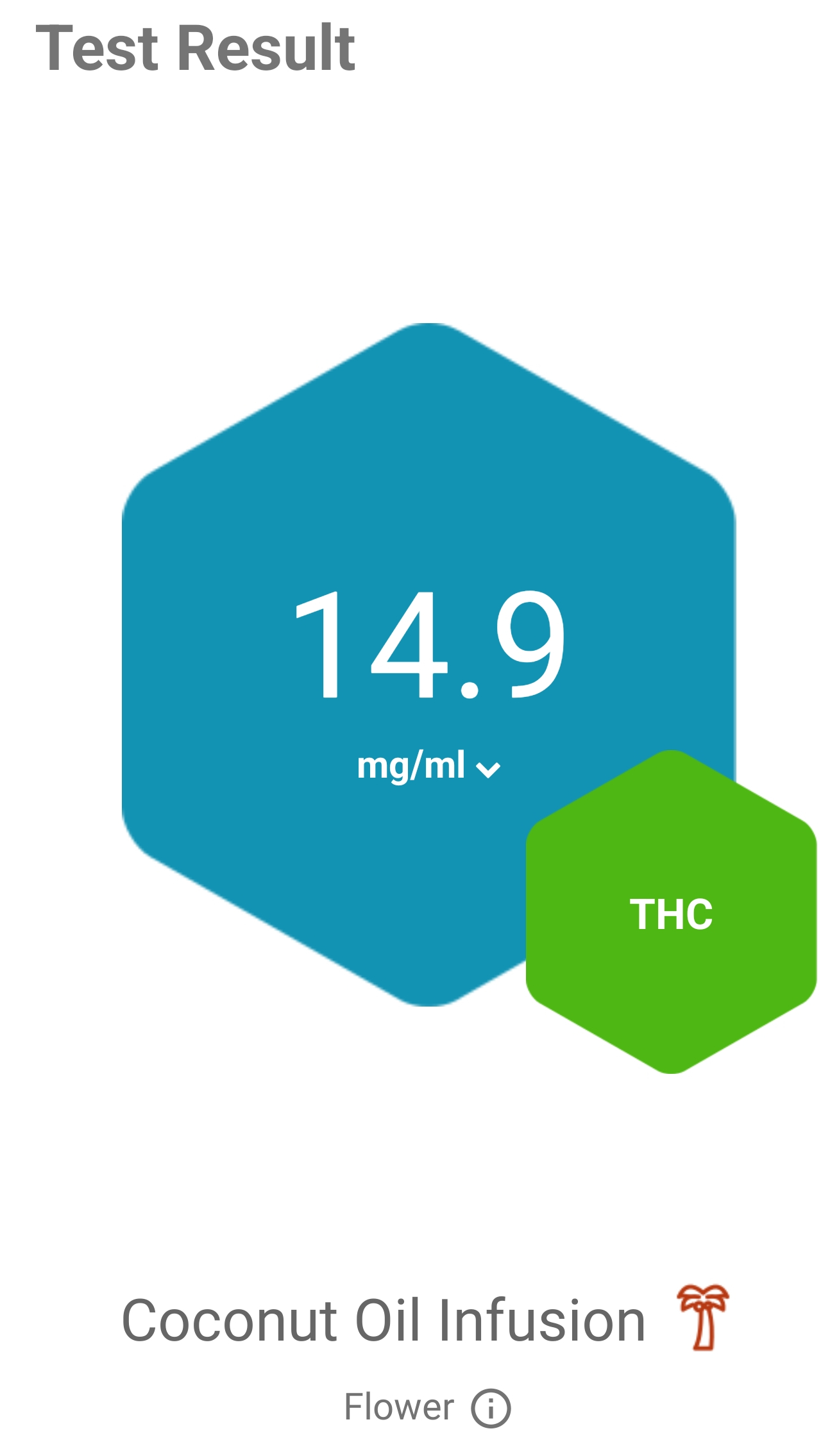
Store your temple ball within the same cellophane you used to decarboxilate it, but make damn sure there’s no air within the ball or outside of it.
You’ll find that over months, it’ll change color into a dark brown – this is okay, as it means its curing and the remaining acids within the temple ball are balancing themselves out. It’ll be better in three months than it was today, and it’ll be even better in a year or two! Temple balls age phenomenally well.


